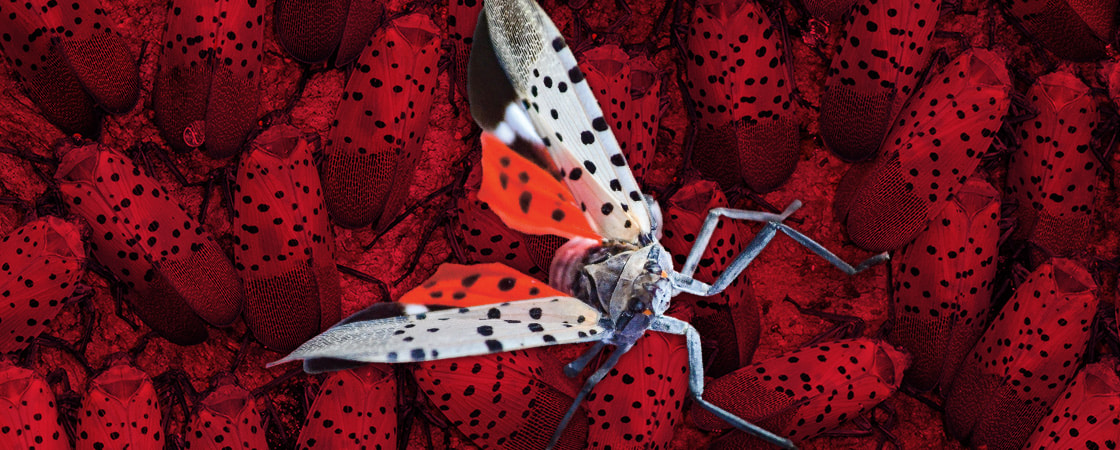Shutterstock.com
The spotted lanternfly is beautiful—at least, Milan Zhu thinks so. The eighth-grader from Jersey City, New Jersey, speaks admiringly of the bug’s two sets of black-dotted, silky wings, one pair pale brown and the other splashed with vibrant crimson. She even painted a watercolor of the lanternfly, which hangs in her family’s home.
So what does Milan do when she sees a lanternfly?
That’s easy. She stomps on its head.
“Lanternflies are bad,” she says simply.
Milan is right: Spotted lanternflies might look lovely, but what they are doing is not. Swarms of these inch-long insects are munching their way across the United States, devouring everything from walnut trees and grapevines to backyard rosebushes. This destruction is causing millions of dollars in damage.
Now many communities are waging war on these tiny invaders. And teens like Milan are joining the fight.

